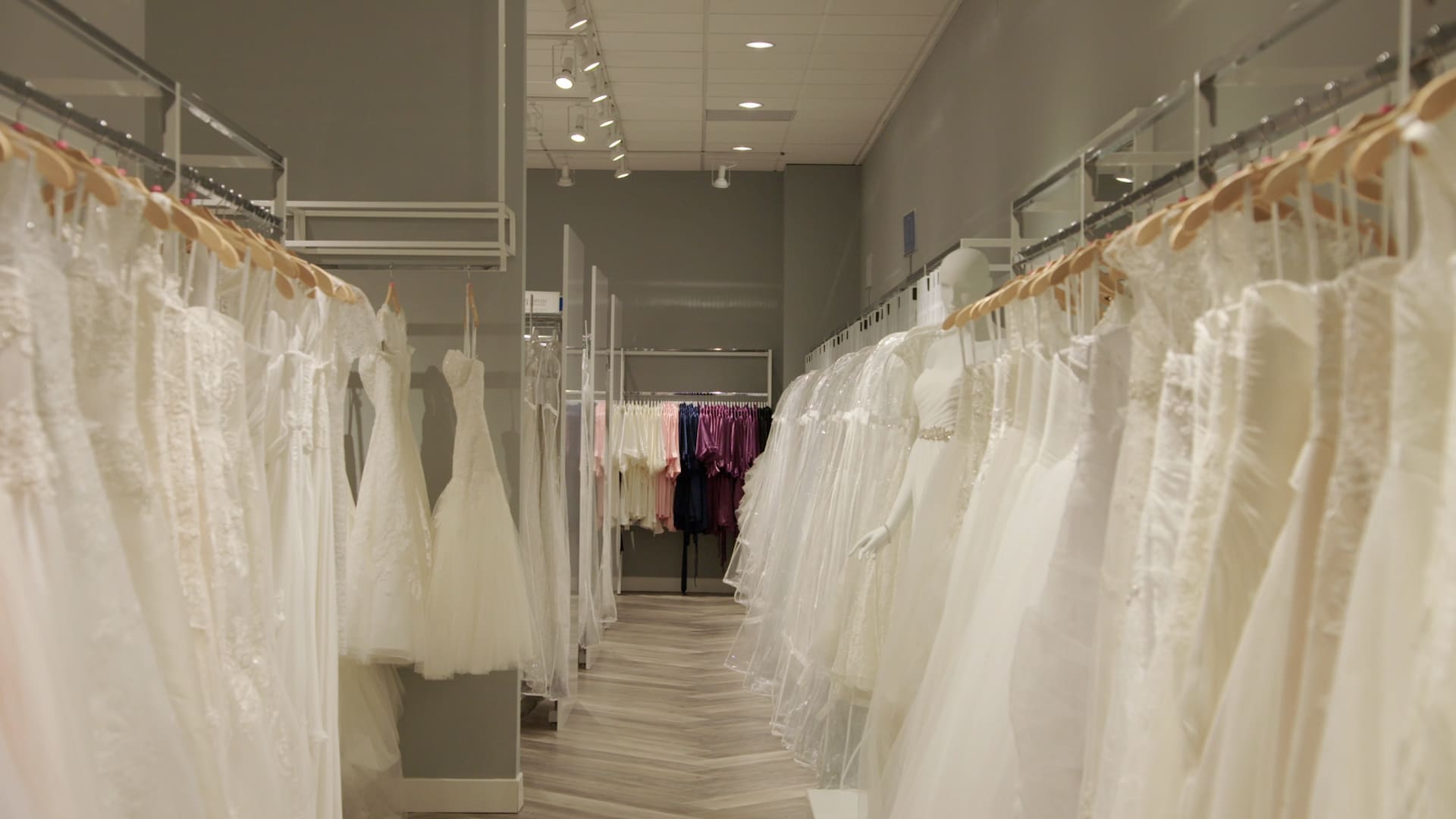The Hidden Cost of “I Do”: How Trump’s Tariffs Are Reshaping the Bridal Industry
Weddings are supposed to be about love, celebration, and dreams coming true—not tariffs and trade wars. Yet, the bridal industry, a $70 billion sector built on fantasy and tradition, is facing an unexpected antagonist: President Trump’s tariffs on Chinese imports. What began as a policy to protect domestic industries has spiraled into a financial nightmare for bridal shops, designers, and soon-to-be-married couples.
This isn’t just about economics—it’s about an industry scrambling to adapt while preserving the magic of weddings. From bridal shop owners slashing their own salaries to couples being forced to budget for unforeseen price hikes, the impact is real, personal, and far-reaching.
—
The Tariff Tangle: A Quick Breakdown
In April 2025, tariffs on Chinese imports reached a staggering 145%, up from an initial 20% earlier in the year. These increases were intended to boost U.S. manufacturing, but they’ve had a domino effect on industries reliant on Chinese production—especially bridal wear.
Why the Bridal Industry Is Vulnerable
– Over 80% of wedding dresses sold in the U.S. are made in China.
– Designer markup + tariffs = skyrocketing retail prices.
– Bridal shops operate on thin margins, making sudden cost surges unsustainable.
The result? A perfect storm where the average wedding dress—already a major expense—could soon become a luxury fewer couples can afford.
—
Bridal Shops in Crisis: Survival Strategies
Faced with ballooning costs, bridal store owners are getting creative—and making painful sacrifices.
1. The Salary Cut Solution
One 57-year-old shop owner, who asked to remain anonymous, revealed she had cut her own salary just to keep her business afloat. “If I don’t take the hit, my customers will—and I can’t afford to lose them,” she said.
2. The “Book Now, Save Later” Tactic
Many stores are urging couples to lock in prices ASAP before tariffs push costs even higher. Some are even advising clients to:
– Add a 10-15% buffer to their wedding budgets.
– Pre-pay for alterations and accessories to avoid future markups.
3. The Supplier Shuffle
A few retailers are scrambling to find alternative manufacturers in countries like Vietnam or India, but shifting supply chains isn’t easy—or cheap. “It takes months to vet new suppliers, and quality control is a gamble,” one designer admitted.
—
The Bigger Picture: Who Really Pays?
While tariffs were meant to protect American jobs, the bridal industry’s struggles highlight their unintended consequences:
1. The Middle-Class Squeeze
– The average wedding dress costs $1,800–$2,500—already a stretch for many couples.
– With tariffs adding hundreds (or thousands) more, some may opt for fast-fashion alternatives or secondhand dresses, hurting small businesses.
2. The Domino Effect on Weddings
– If dresses get pricier, couples may cut back on other vendors (florists, photographers, venues).
– The entire $70B wedding industry could feel the pinch.
3. The Temporary Relief—But for How Long?
A three-month tariff pause (with a flat 10% rate) offers a brief breather, but uncertainty looms. Will rates spike again? Will shops have to raise prices permanently?
—
The Human Side: Stories Behind the Seams
Behind every statistic is a real person navigating this upheaval:
– The Bride on a Budget: “I saved for years for my dream dress. Now I might have to settle for something less.”
– The Small Business Owner: “I’ve poured my life into this shop. If I close, what happens to my employees?”
– The Designer: “We can’t just raise prices—brides will walk away. So we absorb the costs… until we can’t.”
—
Conclusion: Can the Bridal Industry Survive the Tariff Storm?
The bridal industry is at a crossroads. Tariffs were supposed to protect American jobs, but for bridal shops, they’ve created a crisis with no easy fix.
The Path Forward
– Adapt or Perish: Stores must find new suppliers, streamline costs, or diversify offerings.
– Consumer Awareness: Couples need to plan ahead, budget wisely, and support local businesses.
– Policy Pressure: If tariffs remain high, industry leaders may need to lobby for exemptions or relief.
One thing is clear: The wedding industry thrives on joy, not financial stress. Whether it can weather this storm depends on resilience, creativity, and perhaps a little luck. For now, bridal shops are stitching together solutions—one dress, one sacrifice, at a time.











